Remember the first time you experienced an essential oil? Maybe someone placed a drop of Peppermint oil into your palms, and after breathing in that cooling sensation, you had to resist the urge to drench yourself in its icy scent. We’ve all gotten a little “essential oil happy” at some point, but properly using these oils can make or break your experience. While many essential oils are safe to use without much precaution, some essential oils—like Peppermint—can cause skin sensitivities if you overdo it. Follow these simple tips and tricks to learn how to keep your skin happy and get the most out of your essential oils
What causes essential oil reactions, and how can you prevent them?
Many people assume that if they have a reaction to an essential oil, they must be allergic to it. However, that’s not often the case. True essential oil allergies are rare, and reactions are more often the result of improper usage or skin sensitivity.
Here’s how to use essential oils safely, so you can make the most of these powerful little allies.
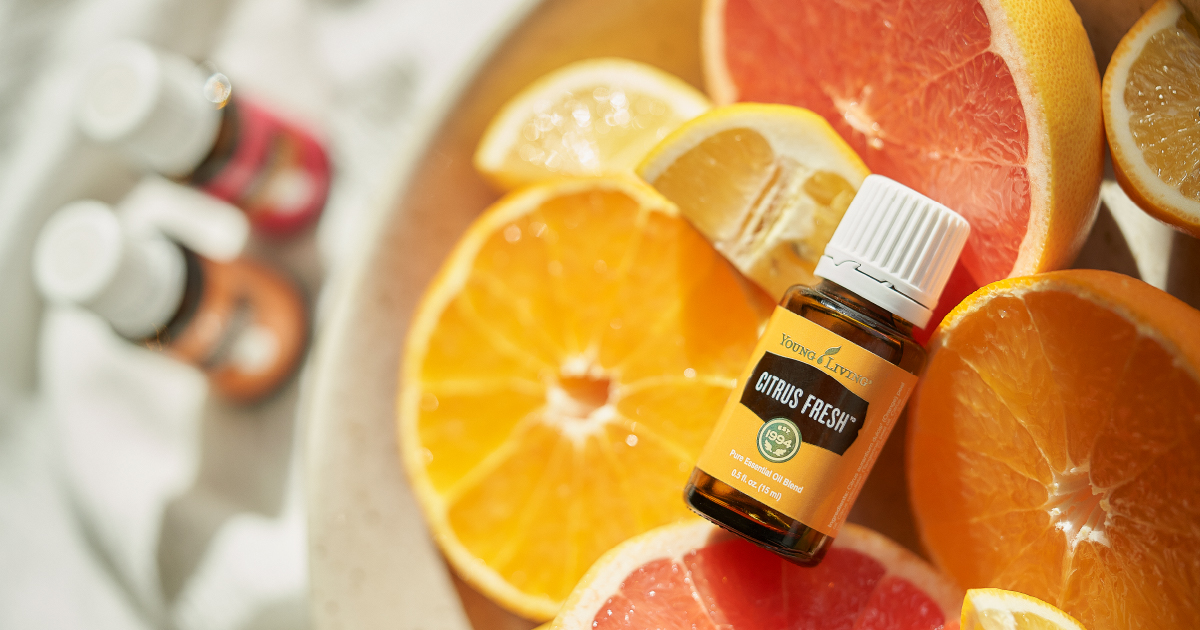
Pay attention to labels
All of our essential oil bottles are labeled with safety usage information that can help you prevent any mishaps. If an oil label says that it needs dilution when used topically, be sure to follow the necessary dilution requirements.
Disclaimer: When using essential oils around your little ones, you’ll want to dilute even more. Read this blog post for more information on diluting essential oils for children.
Generally, oils require dilution because they are either photoreactive or “hot.” Photoreactive oils contain compounds that can increase your sensitivity to UV rays and cause a reaction similar to a sunburn. Most citrus essential oils are included in this category. These oils will feature a photosensitivity warning on the label, as well as instructions on how to safely apply these oils to the skin. For photoreactive oils, it’s best to stick to the golden rule of avoiding sunlight or UV rays for up to 12 hours after applying. Read this blog post for more information on photoreactive essential oil safety.
“Hot” oils create a warming or hot sensation when applied to the skin, which can cause skin reactions if not diluted properly. Learn more about these types of oils here.
If your label is worn and illegible or you want to double-check the safety warnings, visit the oil’s product page on our website and you’ll find labels for photosensitivity and dilution under the “safety items” section.
Use only high-quality, unadulterated oils
Some companies mix their essential oils with synthetic ingredients to cut costs or increase shelf life. These additives not only reduce the effectiveness of the oil but can also cause skin irritation or other adverse reactions. If the price tag on an essential oil seems too good to be true, double-check that the label doesn’t include any unwanted ingredients. To learn more, check out this blog post on why high-quality essential oils are worth the money.
Patch test to discover skin sensitivity
We recommend that you patch test prior to your first use of any oil, epecially if you tend to have sensitive skin. To perform a patch test, mix 1–2 drops of essential oil with a carrier oil and apply the diluted oil to a patch of skin that does not have hair, such as the forearm. Observe that area of skin over the course of 1–2 hours for any noticeable reaction. While most reactions will happen shortly after use, some may take time to appear, so be sure to continue to monitor your skin for up to 72 hours.
In some cases, your skin may become less sensitive over time. If you have a reaction to an initial patch test, you can try patch testing again in the future to see if you’ve adapted to the oil. Be sure to dilute with more carrier oil this time and keep a close eye out for any reaction. If you find that a certain oil doesn’t suit you, you may want to switch to a different one with similar benefits.
Wash your hands after handling essential oils
While essential oils offer many benefits for your skin, that doesn’t mean you should put them all over your body. Cleaning your hands with soap and water after topical application can help you keep oil from getting where you don’t want it, such as in your eyes.
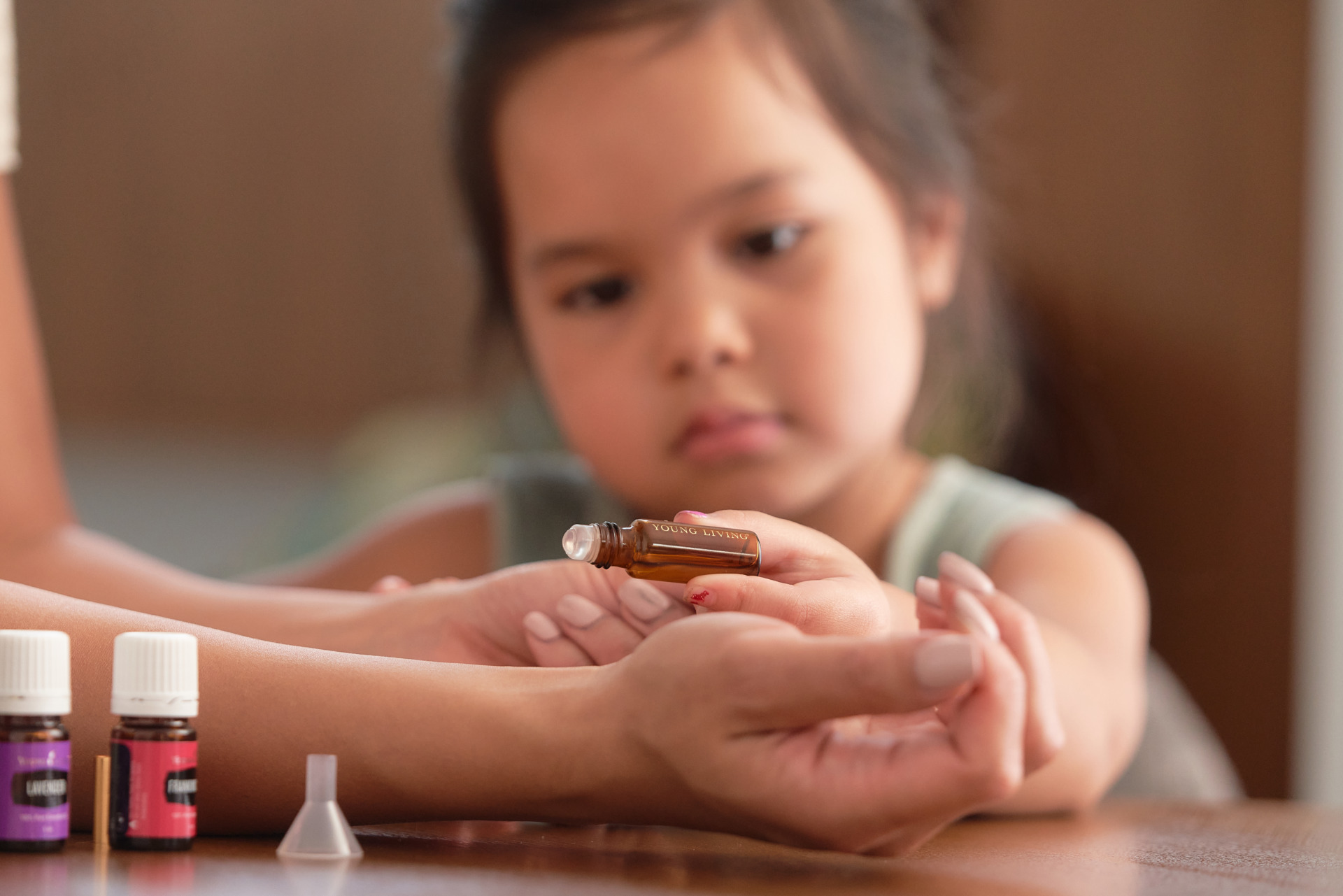
Remember that oil and water don’t mix
Some resources suggest diluting the oil with water if you think you’re having a reaction, but water actually drives oil further into the skin. Never use water in an attempt to flush oil off of the skin, as this may increase discomfort. If you experience a hot or burning sensation, have feelings of discomfort and irritation, or develop a rash, saturate the affected area immediately with V-6™ Vegetable Oil Complex or another carrier oil like olive oil to dilute the oil. Follow up by washing the area well with mild soap and water. If needed, apply more carrier oil and a cool compress to soothe any irritation.
If your reaction is severe, seek medical help or call your doctor.
While essential oils are well loved for their simple application, our product safety guidelines can help you develop habits that will keep you safe and avoid any potential reactions.
New to essential oils? Learn all the basic tips and tricks in our beginner’s guide to essential oils!
What are your favorite ways to apply oils topically?
Tell us in the comments below.

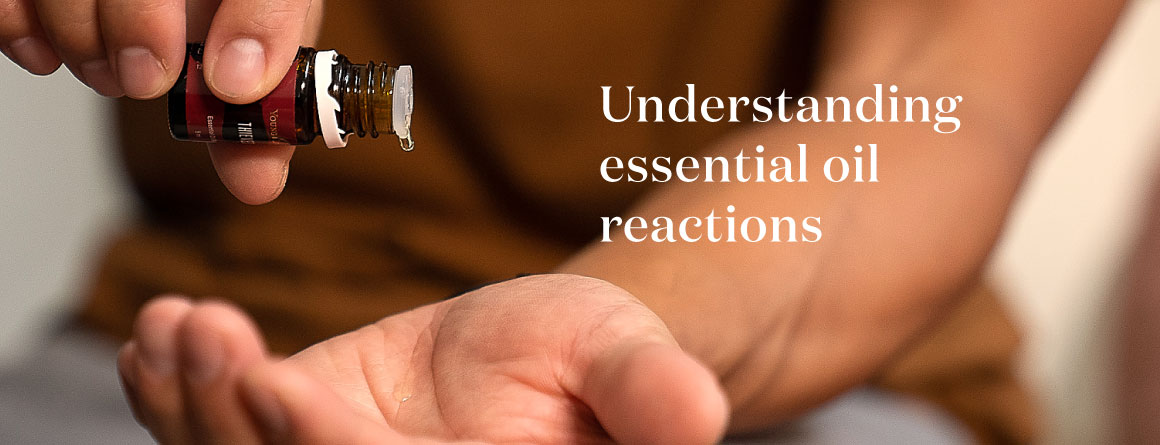
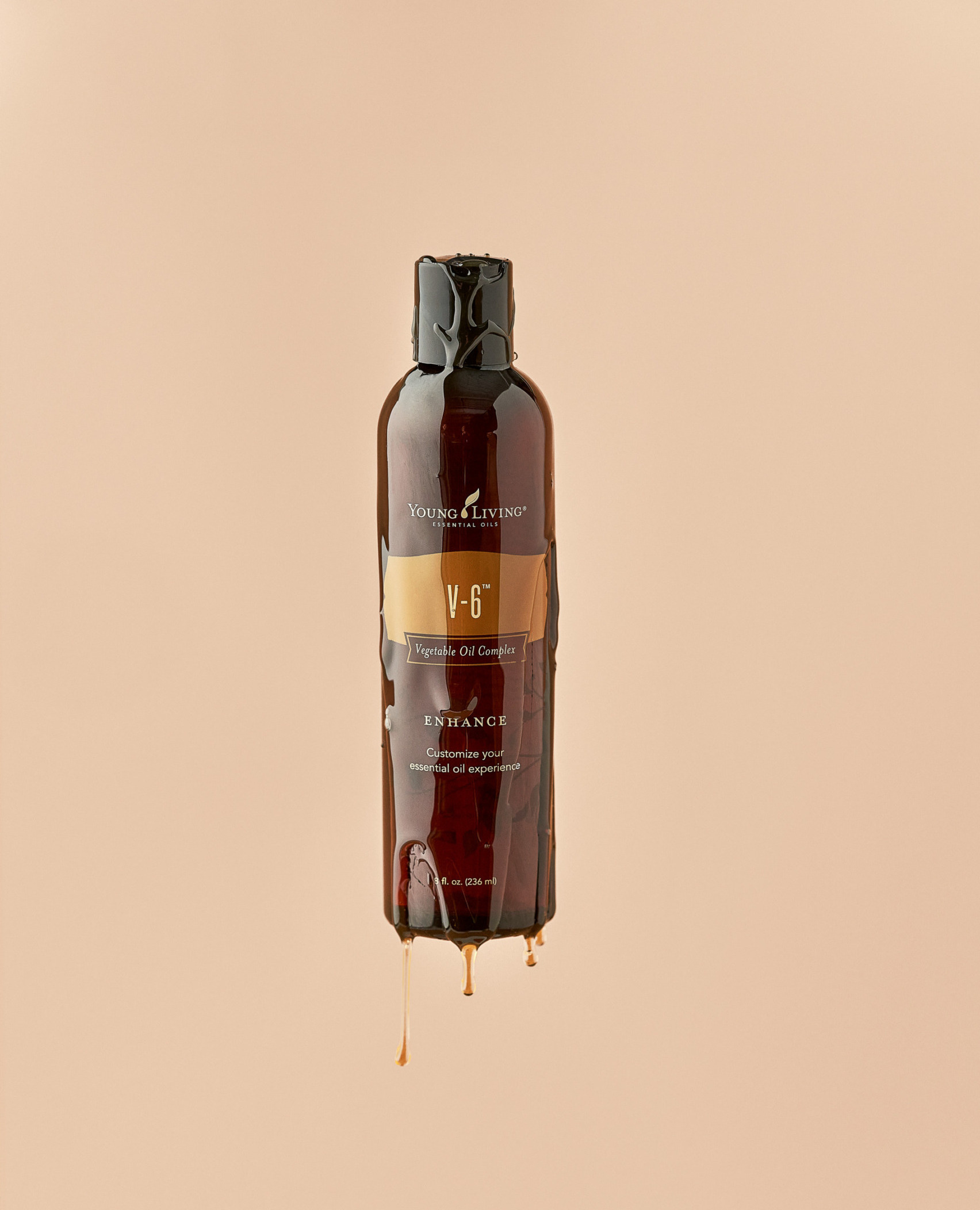

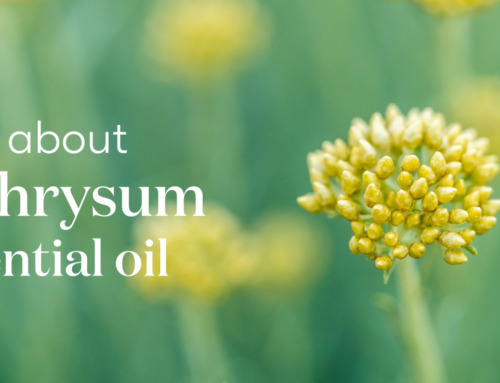
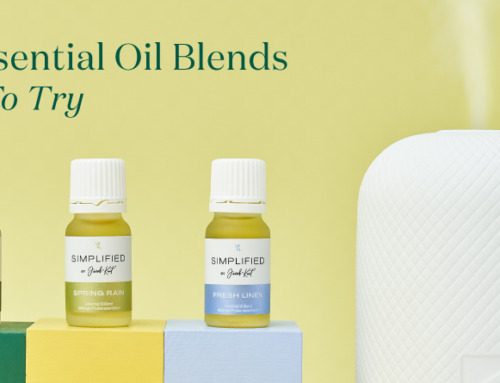
Leave A Comment